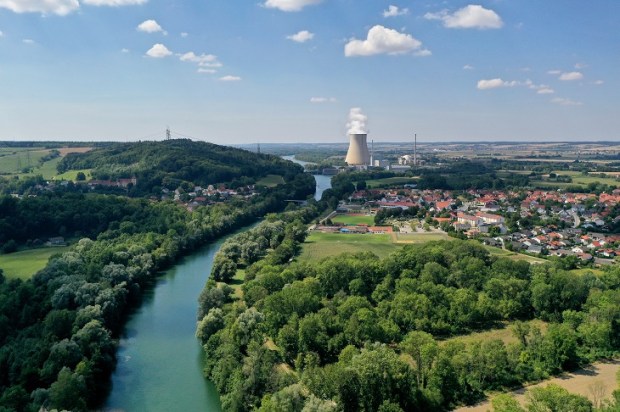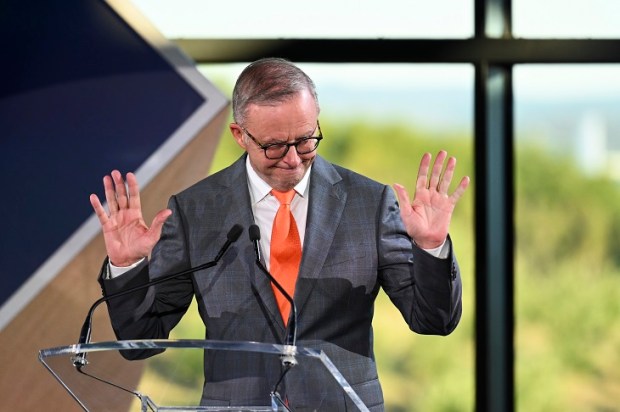‘Wholesale electricity prices on the East Coast have halved from 2022 levels, reflecting the increasing role that low-cost renewables are playing in daily generation,’ announced an excited AEMO press release, citing comments from chief Daniel Westerman.
But hold the front page!
Just to confirm that ‘one swallow a summer does not make’, the average 2023 price was around $120.
Already a subscriber? Log in
Subscribe for just $2 a week
Try a month of The Spectator Australia absolutely free and without commitment. Not only that but – if you choose to continue – you’ll pay just $2 a week for your first year.
- Unlimited access to spectator.com.au and app
- The weekly edition on the Spectator Australia app
- Spectator podcasts and newsletters
- Full access to spectator.co.uk
Or


























Comments
Don't miss out
Join the conversation with other Spectator Australia readers. Subscribe to leave a comment.
SUBSCRIBEAlready a subscriber? Log in